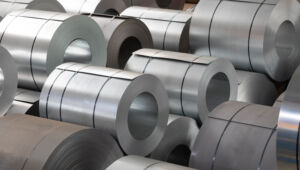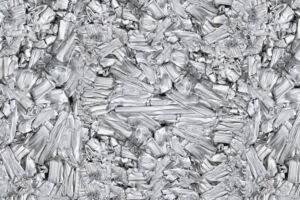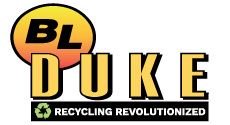
May was expected to be a calm trading month without major price fluctuations. However, the US ferrous scrap market took a downturn as trading began, influenced by declining finished steel prices, varying regional demand, and the divergence between primes and obsolete grades of scrap metal.
Chicago’s Ferrous Scrap Metal Market
In Chicago, prime grades and machine shop turnings stayed the same, while cut grades, such as No 1 heavy melt and cut structural/plate 5ft max, decreased by $10 and $15 per gross ton respectively from April. The decline in cut grades was driven by falling hot-rolled coil (HRC) prices and gaps in steel mills’ order books.

Nucor’s announcement of a $65 per short ton reduction in HRC prices on May 6th, just as ferrous trade was beginning to pick up, strengthened the stance of mill buyers and added downward pressure to May’s market. This price drop from $825 per ton just a week earlier indicates a struggling steel market. Despite the drop in HRC prices, scrap demand is strong as mills ramp up production following several planned outages last month.
“We had no problem selling scrap this month. In fact, we hit a record sale of prime tons into the river markets this month, states Lou Plucinski, President.
Chicago’s Non- Ferrous Scrap Metal Market

Over the last month, aluminum and copper prices have surged by twelve and fourteen percent respectively, while stainless steel prices have remained stagnant due to sluggish demand. Despite an almost twelve percent hike in LME Nickel prices during the same period, the stainless steel supply chain remains constrained, keeping prices unchanged. Predicting the stainless steel market has become exceedingly challenging as demand stays weak and the supply chain tightens, particularly as we approach summer. Anticipated shutdowns in early July have led most stainless steel consumers to expect subdued prices through the season’s start.
Aluminum scrap prices appeared to stabilize last week following a sharp ascent in the preceding three weeks. Prime aluminum grades are presently maintaining steady trade, while some secondary grades experienced slight improvements last week. It appears the market has found stability as summer approaches. Similar to stainless steel mills, many aluminum mills and secondary smelters have scheduled furnace shutdowns in early July for routine maintenance, typically slowing market activity.
The copper market is witnessing renewed volatility, with analysts suggesting prices could reach record highs amid growing demand and diminishing supply. At the start of last week, Comex prices surged to nearly 4.70/lb. before sharply dropping below 4.50/lb. by Thursday. As of today, the market has recovered half of its losses. Some recent price hikes were likely driven by traders, and these elevated prices may not be sustainable in the short term. Global copper demand is expected to see only modest growth for the remainder of the year. In its updated forecast, the World Bank predicts a moderate five percent price increase for this year, citing subdued global GDP and challenges in the Chinese real estate sector.
Tired of looking at years of accumulated mess in the corner of your facility?
Let our demolition team remove the clutter and turn scrap metal into profit.


